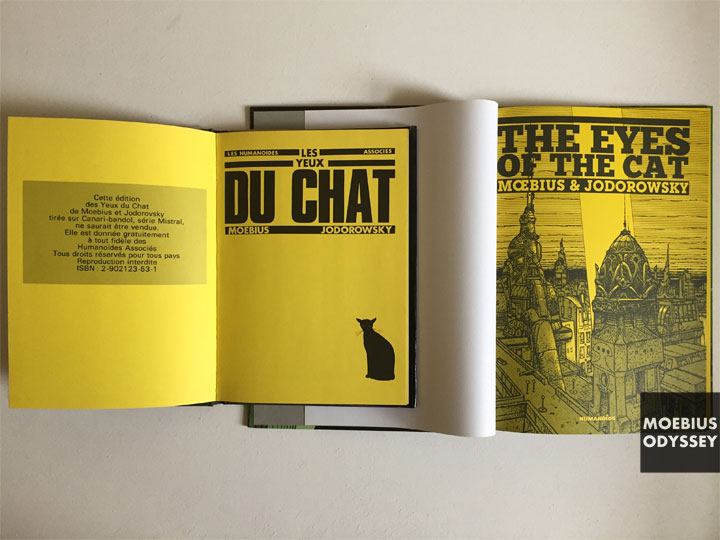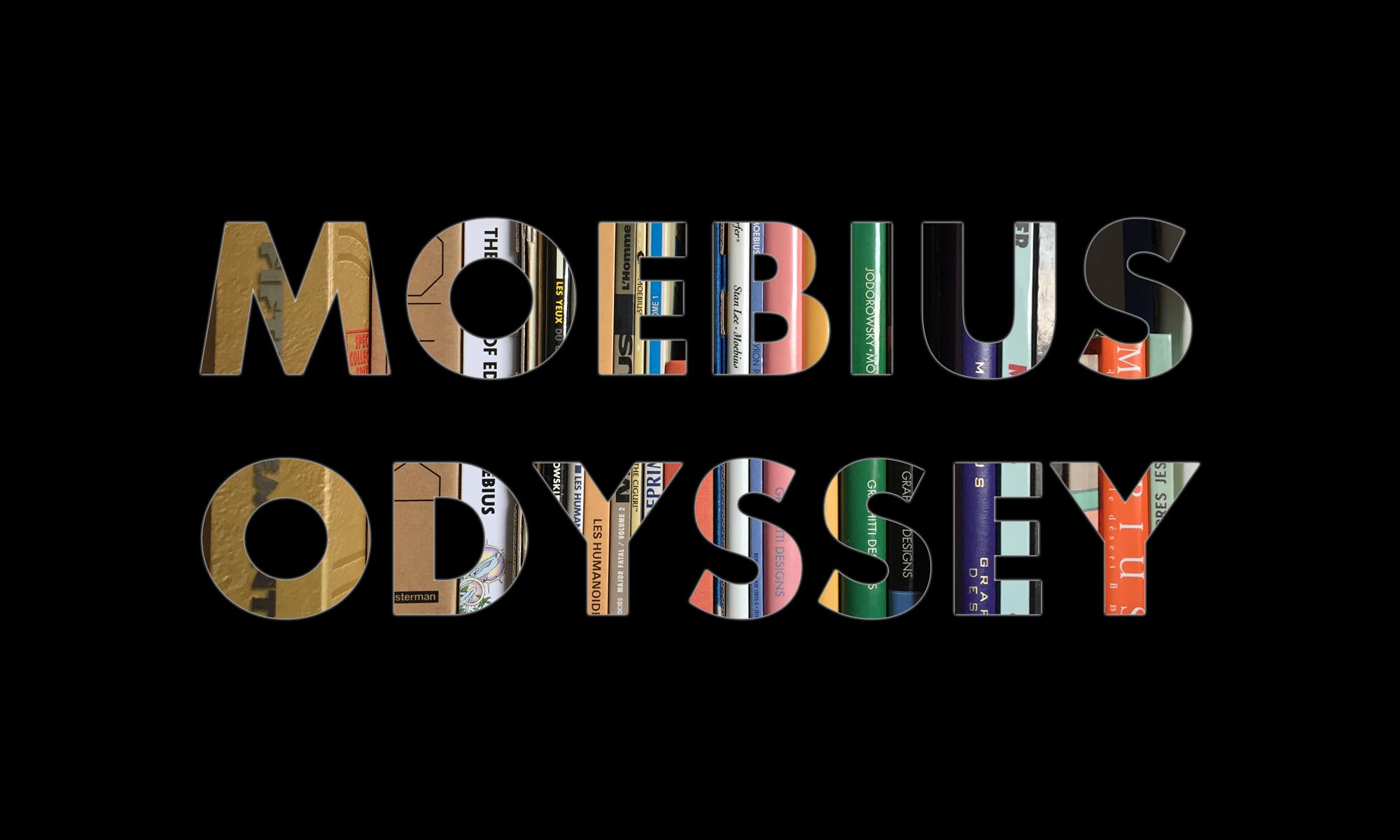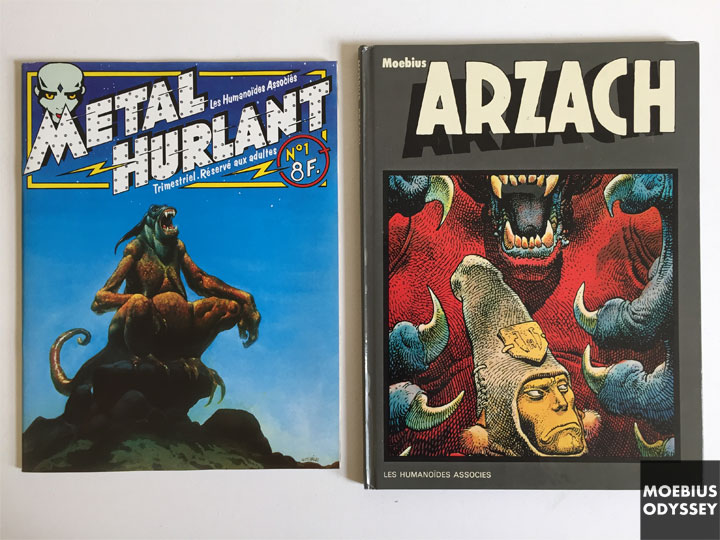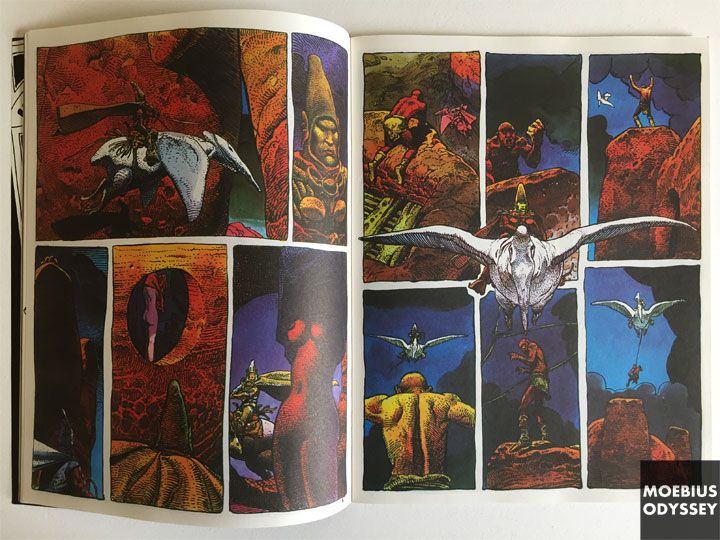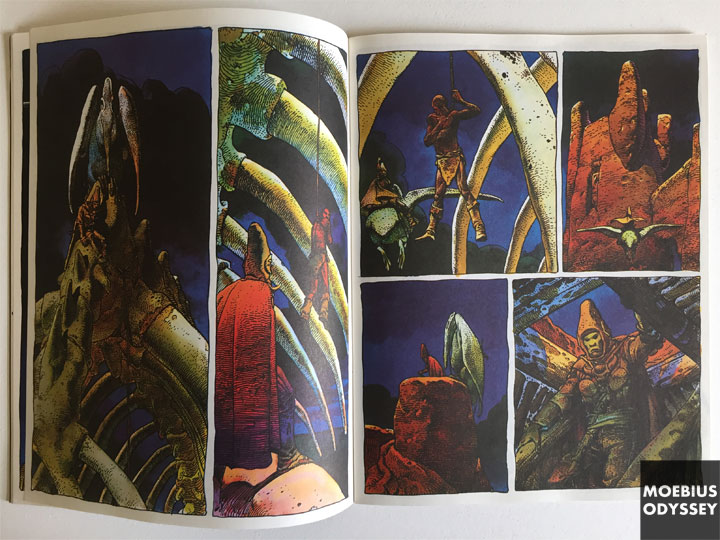Les Yeux Du Chat (1978) / The Eyes of the Cat (2011)
Les Humanoïdes Associés
16 x 22.5cm, 54 pages
In the aftermath of visionary Chilean filmmaker Alejandro Jodorowsky’s unrealised cinematic interpretation of Frank Herbert’s science fiction masterpiece Dune (1965), a fruitful collaboration kindled in the ashes of Dune between Jodorowsky and Moebius, who contributed art, costumes and storyboards for the demised project (see Frank Pavich’s enlightening 2013 documentary Jodorowsky’s Dune for more). A few years later in 1978, Jodorowsky and Moebius would collaborate again but this time in a short bandes dessinées called Les Yeux Du Chat (The Eyes of the Cat).

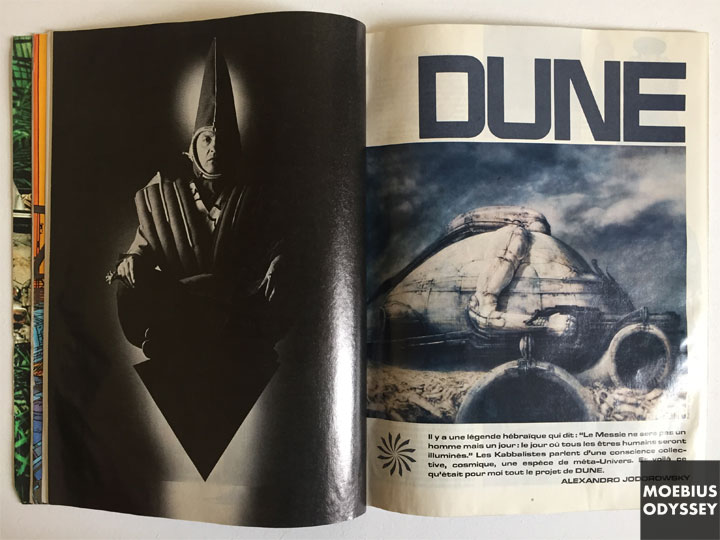

Les Yeux Du Chat tells the allegorical story of a blind orphan boy shut-in a tall tower above a desolate wasteland and one of only a few lifeforms save for the titular black cat and also later an eagle. Employing a similar page format to Le Bandard Fou but this time the left and right pages correspond to internal and external views of the ongoing story. The left side shows a shadowy silhouette of the orphan boy standing by a open window and the right side shows a bird’s-eye view (literally) from the eagle’s perspective. This format was not accidental but an ingenious way to fill more pages and extend a shorter story, as Alejandro Jodorowsky writes in the foreword of the reprinted edition:
“I suggested to Jean a short story, in five pages divided into five scenes, about a blind boy, Mœbius was fascinated with the story but he objected, saying, “It’s too short, only five pages. We need to fill 25 pages.” I answered, “We will be free from the traditional format of each page cut into panels. We will tell the story in a series of beautiful and solitary illustrations, each taking up an entire page…”
Les Yeux Du Chat was released by Les Humanoïdes Associés as part of it’s promotional Mistral Editions of works which were petite, not for sale, limited edition of 5000 print run intended as a gift for loyal fans but soon fell out of circulation, quickly becoming rare, sought after collector’s items. Thankfully Les Yeux Du Chat was rereleased 3+ decades later by Humanoids in 2011 in a more accessible edition in it’s original French but also a welcome surprise in English too, with other languages to follow.

